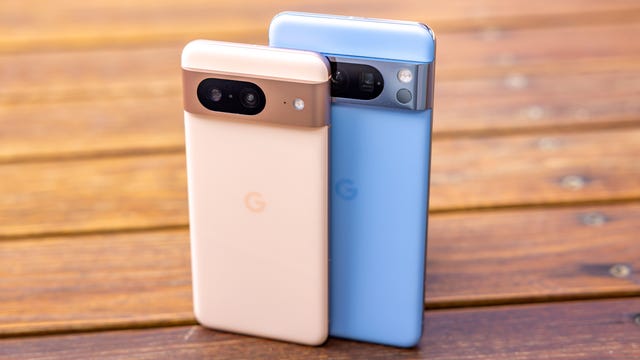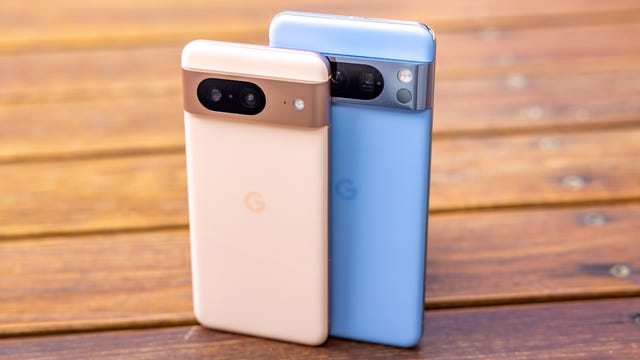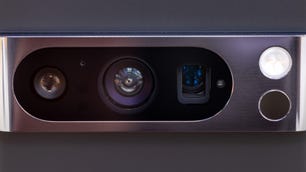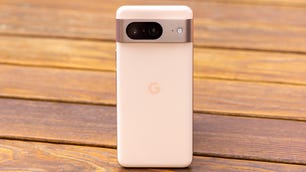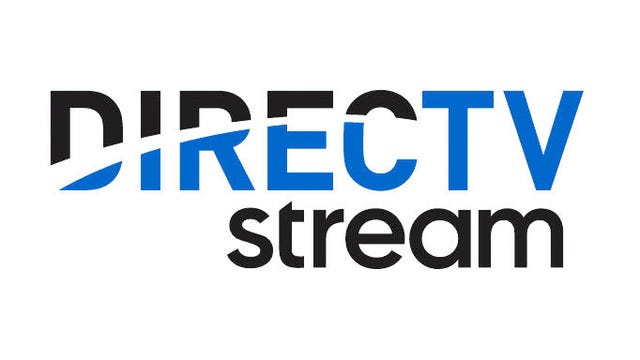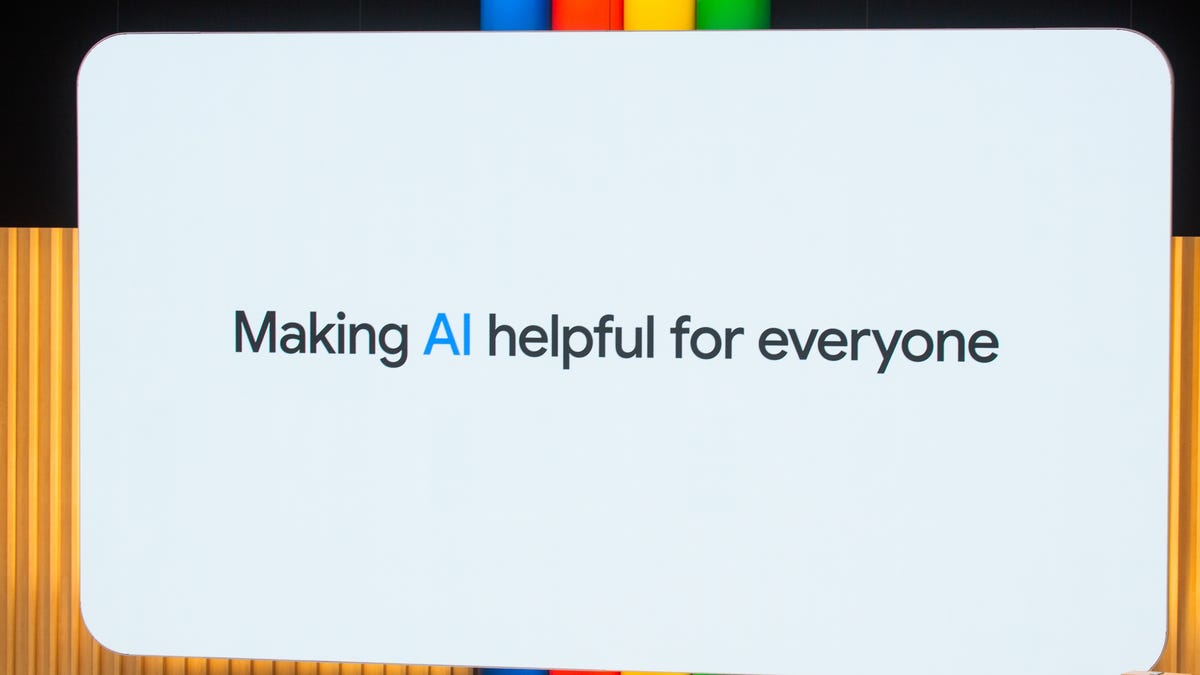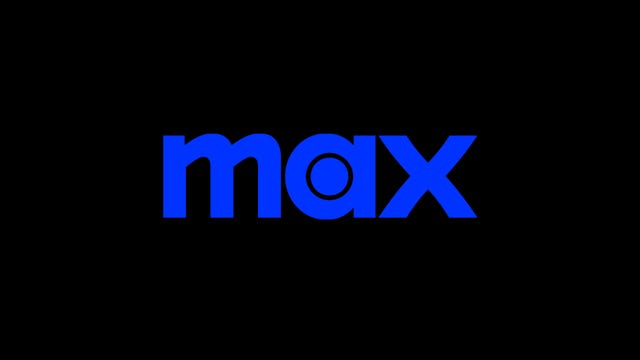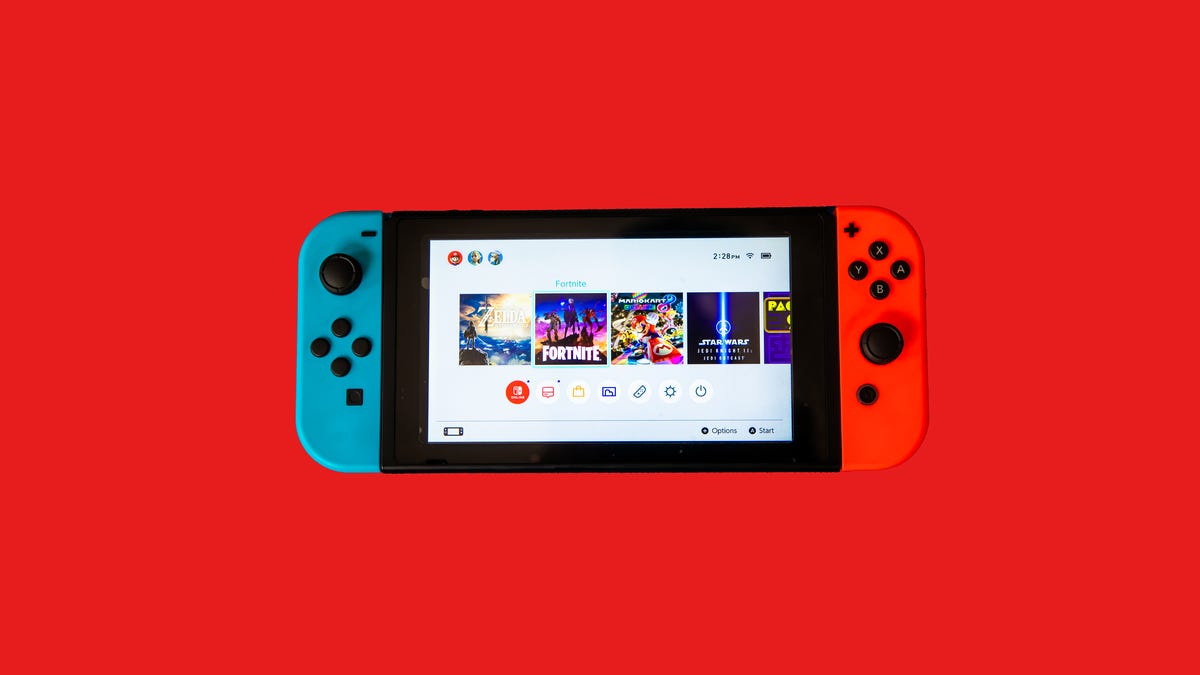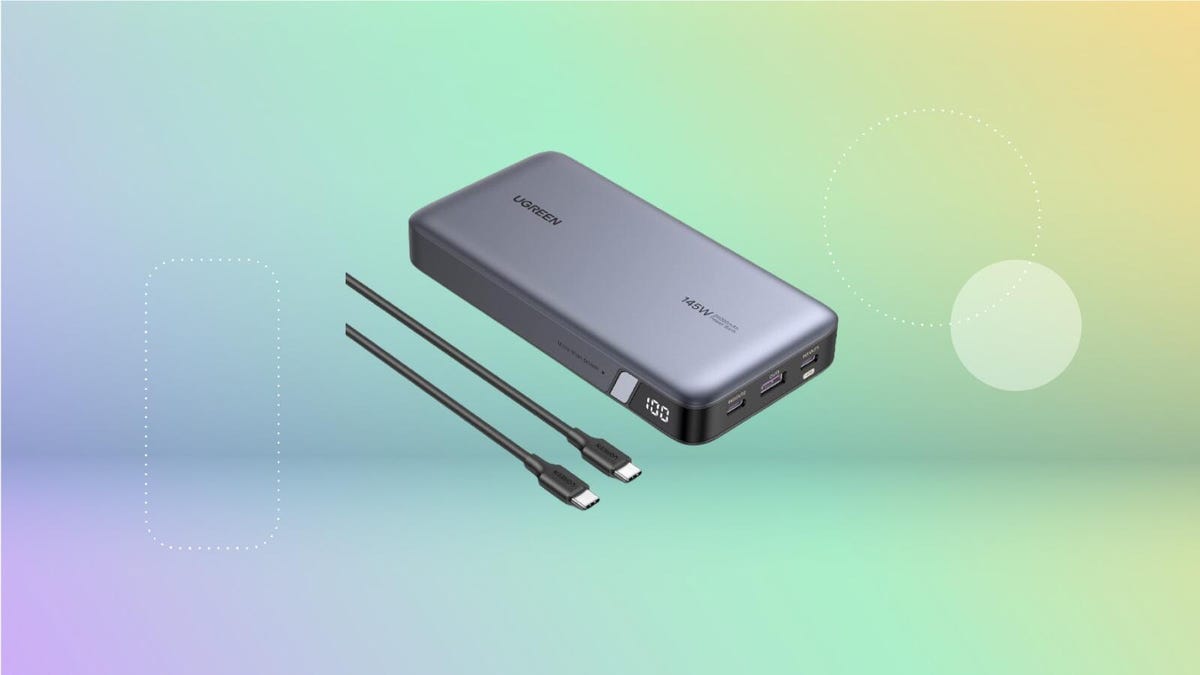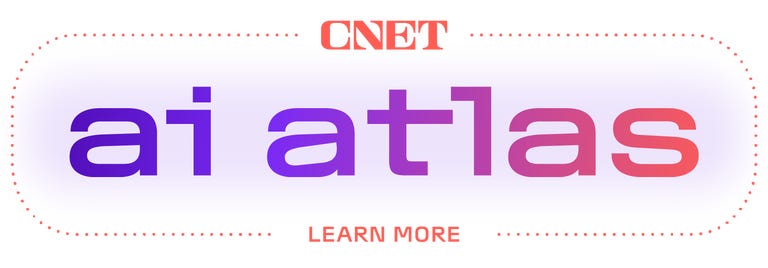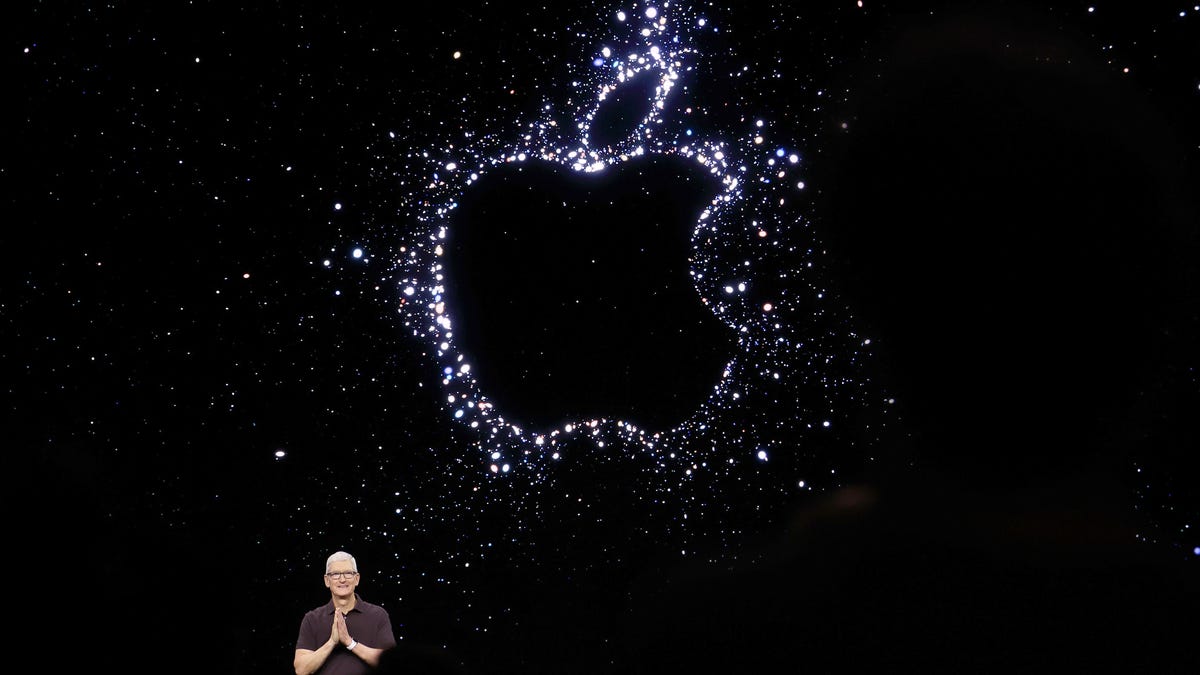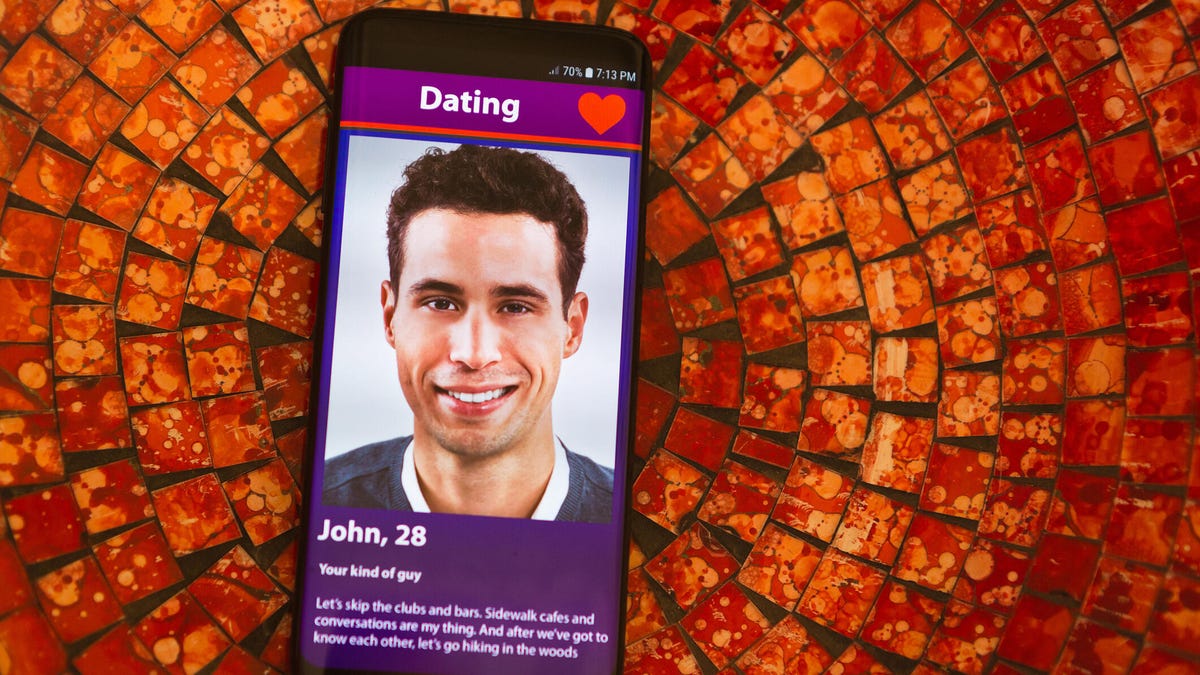The iPhone-versus-Android debate is always intense, and I’m here to add fuel to the fire.
I used Apple’s and Google’s newest high-end arrivals, the iPhone 15 Pro Max and the Pixel 8 Pro, side by side to compare everything from cameras to battery life to displays. Neither of these phones comes cheap (you’re looking at starting prices upwards of $1,000), so here are some takeaways from my experience with both phones, in the hopes that it makes your decision-making easier.
Camera comparison and AI features
Not surprisingly, the camera is one of the biggest areas of focus with any new phone launch.
I tip my hat to the Pixel 8 lineup for having an incredible array of AI features baked into photos and videos. There’s Magic Editor, which lets you move and erase people, change backgrounds and arrange objects how ever you’d like to create an ideal image that’s Instagram-ready (whether that’s ethical is a separate issue).
There’s also Best Take, which sifts through a series of photos and lets you swap out faces so that if someone’s blinking in one shot, for example, you can replace it with another where they’re looking at the camera. The result is a single great image where everyone looks their best (and I can stop scolding my friends for blinking).
Another feature I’ve been having fun with is Audio Magic Eraser, which lets you edit out distracting background sounds from your videos, whether it’s the wind, music or noise from a crowd. It’s not perfect — I tested it out in one of my CNET videos, and it muffled my voice — but it’s not bad for the first iteration.
But AI isn’t everything. In fact, as cool as these features are, I’m just not sure how often I’d reach for them. So, let’s compare the actual picture quality between the two phones.
When it comes to standard images without any special effect, the results are surprisingly similar. Colors barely have any variation, and everything looks crisp and true to life.
The differences began when I switched to Portrait mode. While photographing a tea cup, the Pixel 8 Pro did a great job of keeping the entire cup in focus. But the iPhone 15 Pro Max struggled to keep the further end of the cup in focus, so the heart-shaped design imprinted on the inside is out of focus, like the background. Thankfully, you can adjust the amount of blur through the aperture setting either before or after you take a photo, and Portrait mode also lets you change the focus after you take a picture.
Portrait mode on humans led to fewer inconsistencies. In fact, there wasn’t much of a difference between these shots I took of my colleague Viva. The backgrounds are blurred to the same degree, and Viva is in perfect focus in the foreground. The iPhone’s colors are slightly warmer, but both are great photos.
Selfies have a noticeable difference. On the Pixel, colors are brighter, including my skin and the wall behind me. On the iPhone, everything’s a bit warmer, and shadows are darker. But it’s worth noting that you can dial in a photographic style or customize one to get colors and contrast to look the way you want.
And when it comes to night mode, the iPhone 15 Pro Max is the clear winner. In this shot of my plant in my dark room, the iPhone did a better job of brightening everything and making it look clearer.
Videos: Cinematic mode and stabilization
I use Cinematic mode a lot to give videos a more dramatic effect, so I had to compare how each phone handles those shots. The iPhone does a great job of keeping the subject in clear focus, even as I’m moving. But I was slightly disappointed in the Pixel. While taking a video of some decorative pumpkins, their edges were a bit glitchy as the phone struggled to figure out what to blur and when. (Check out the video above to see an example.)
The Pixel and iPhone both have video stabilization on by default, so the results are comparable. I took some shots while walking, and they’re a little shaky but not bad without a gimbal or stabilizer.
Action mode on iPhone helps to create even smoother shots, but you have to have enough light for it to work. The Pixel also has a similar mode called Active Video Stabilization, which is more aggressive than the default setting. So, ultimately, both phones give you the option to prioritize and customize whatever video settings you need to get that ideal shot.
Display differences
Where I really start to see the difference between these phones is in the display. The iPhone 15 Pro Max’s screen has a more vibrant, crisp look to it, and colors jump out at you. The Pixel 8 Pro’s colors, by comparison, are more muted, even when I turn up the brightness, but the display is still impressive and sharp.
The differences become most apparent when I’m watching a video. On YouTube, for example, videos on the Pixel have a more gray overtone to them, while colors on the iPhone are a bit warmer and sharper. And that remains true even when I turn on True Tone on the iPhone and Adaptive colors on the Pixel. Even though the Pixel technically has a higher brightness, what sets the iPhone’s display apart is the much higher contrast ratio, which is why these colors look more vibrant. But again, you’re going to get quality with either device — I just appreciated the sharper imagery on the iPhone.
How long do the batteries last?
Battery life is perhaps one of the most important considerations for me when shopping for a new phone. Why spend all that money if it won’t even last a full day?
Thankfully, that’s not the case with either of these devices. In my unscientific test, in which I played YouTube videos nonstop on both phones, the iPhone 15 Pro Max lasted around 22 hours, while the Pixel 8 Pro lasted about 16 hours. In CNET’s battery tests, the iPhone 15 Pro Max also came out ahead.
It’s worth noting that Apple optimizes its A series chips for video playback, and the Pixel’s screen has a higher overall brightness, which can use up more of the battery.
When it comes to charging, the iPhone 15 Pro Max reached full charge in an hour and 50 minutes, and the Pixel 8 Pro was fully charged in an hour and 20 minutes. I used a 30-watt power brick for both. The iPhone 15 Pro Max supports up to 27W charging, while the Pixel 8 Pro tops out at 30W, so that helps explain why the Pixel was the winner.
One of the most exciting things about this process was that, even though I used the respective cables each phone came with, I could technically use the same cable for both phones, because they each have USB-C ports. Thank you, Apple, for finally catching on.
How much for each phone?
All those specs and features don’t come cheap.
The iPhone 15 Pro Max starts at $1,200 for 256GB. You can get that same storage option on the Pixel 8 Pro for just over $1,000. Both phones also come in 1TB options, if you’re willing to throw in a few extra hundred dollars.
The iPhone 15 Pro Max comes in black, white, blue and natural titanium. The Pixel 8 Pro comes in black, white and blue — or “bay,” as Google calls it.
Google promises 7 years of software updates with its Pixel 8 lineup. Apple doesn’t commit to a specific number of years, but right now, iOS 17 support goes back 5 years to the iPhone XS, XS Max and XR.
iPhone 15 Pro Max vs. Pixel 8 Pro final thoughts
So, with both phones having great cameras, vibrant displays and stellar battery life, which one would I reach for?
I’m impressed by the Pixel 8 Pro’s portrait mode, and prefer the way selfies look on it, too. I’m also a big fan of the faster charging, and the AI features are unique and can be helpful. Since switching to iPhone from the Samsung Galaxy lineup last year, I’ve missed having the ability to erase distracting objects in photos right from my phone’s gallery, so it was nice to have that again, in addition to much more advanced photo editing capabilities.
But what sells me on the iPhone is the excellent, all-around video quality, especially in Cinematic mode. Everything looks crisper and clearer, and that’s also true for the display. More battery life is always a win too, even if it takes longer to charge up.
And, I have to say it: The Apple ecosystem is unbeatable. So, pairing great hardware and software makes me want to reach for the iPhone 15 Pro Max, but it’s a really close match here. Ultimately, there are things I’d prefer to do on the Pixel, and vice versa. What it comes down to is what your priorities are — whether it’s taking photos, recording videos, watching movies or having advanced AI-supported editing features at your fingertips.
Check out the video above to see both phones in action, and to hear more about my thoughts on each device.
